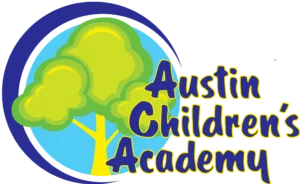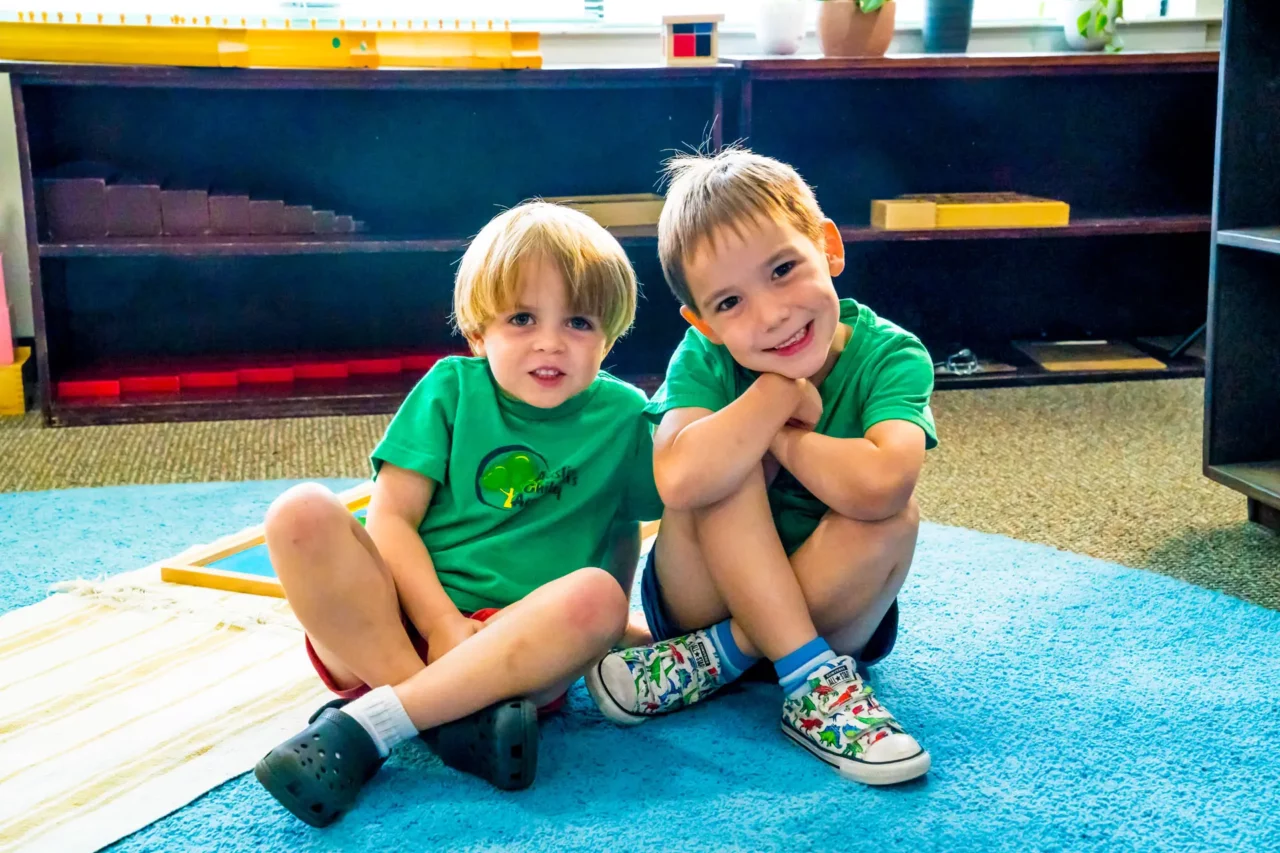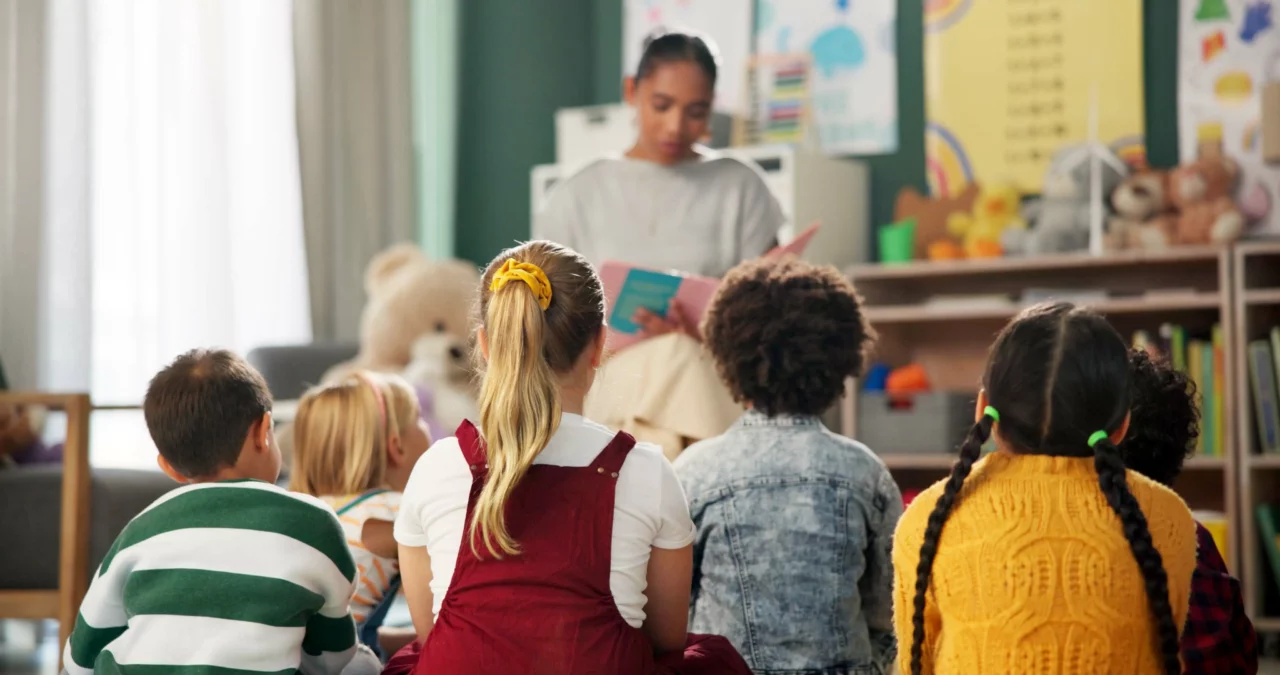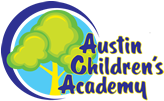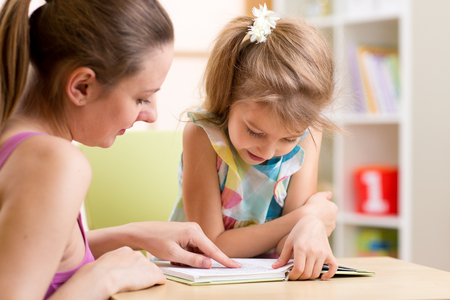
Although they’re both focused on education, Montessori schools and public schools are worlds apart. Learn what advantages your child will gain when you give them access to a Montessori education.
Classroom Composition
In a public school, there are typically 20-30 students in a classroom, and all of the students are the same age. This environment is echoed in many educational mediums; students stay with their age group and might never take a class with someone older or younger for their entire academic career.
In contrast, Montessori schools often mix students of multiple ages in the same classroom environment. Students can be anywhere from 1 to 4 years apart, and there are usually up to 30 students in a class. This encourages students to see people of different ages as peers, students, and mentors. Because Montessori students spent time learning both as a group and as individuals, no student is forced to follow the pace set by the rest of the class.
Schedule
Most public school days are off to a slow start. Students might file in, sit sleepily at their desks, and nod along through a boring homeroom lecture. Aside from changing classes, they’ll be kept in their chairs until lunchtime. After a meal, it’s back to lectures and textbook reading until the end of the school day.
A Montessori schedule is nothing like this. Students jump into their work cycles as soon as they arrive in the classroom; this lets them start their day with whatever activity interests them most. Lunchtime is an exciting affair that the students might even help with. Group activities are interspersed throughout the day to prevent monotony and create a sense of community.
Activities
The lessons your child learns in Montessori school will be quite different from what they’d learn in a public institution. Instead of endless lectures and textbooks, Montessori students get to take advantage of an environment geared towards hands-on learning. From unique learning materials to creative exercise, the entire Montessori method is designed to help kids learn through experience.
Although every Montessori school is different, nearly all of them take pride in their selection of learning materials. Young children play with tactile toys that teach basic physical skills. Older children use games, models, and activity kits to learn about science and the arts. Montessori teachers constantly swap out materials to create a fresh and engaging environment for their student base.
Student Involvement
Montessori students are often significantly more involved in their education than their public school peers. The combination of interesting activities and a strong community environment gives children an incentive to learn and grow.
This educational involvement tends to follow children out of the Montessori environment. Students who attend Montessori schools early in life remain involved with their schoolwork, even if they go to a public elementary, middle, or high school at the end of their academic career.
Every Montessori school is different, but they all follow the same principles of hands-on learning and individual education. A Montessori environment will help your child become engaged with their education and their own personal development, and these skills will follow them for a lifetime.
